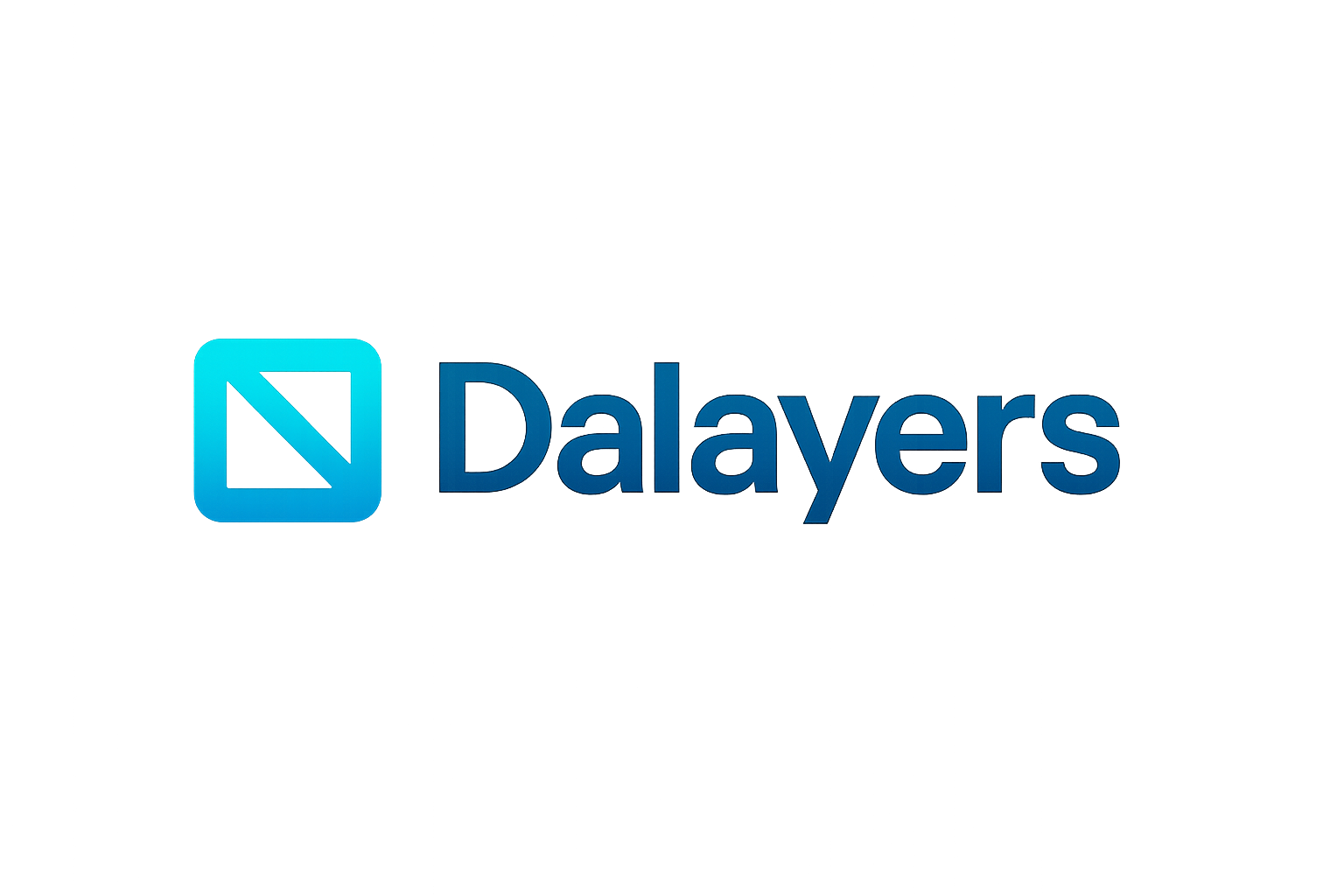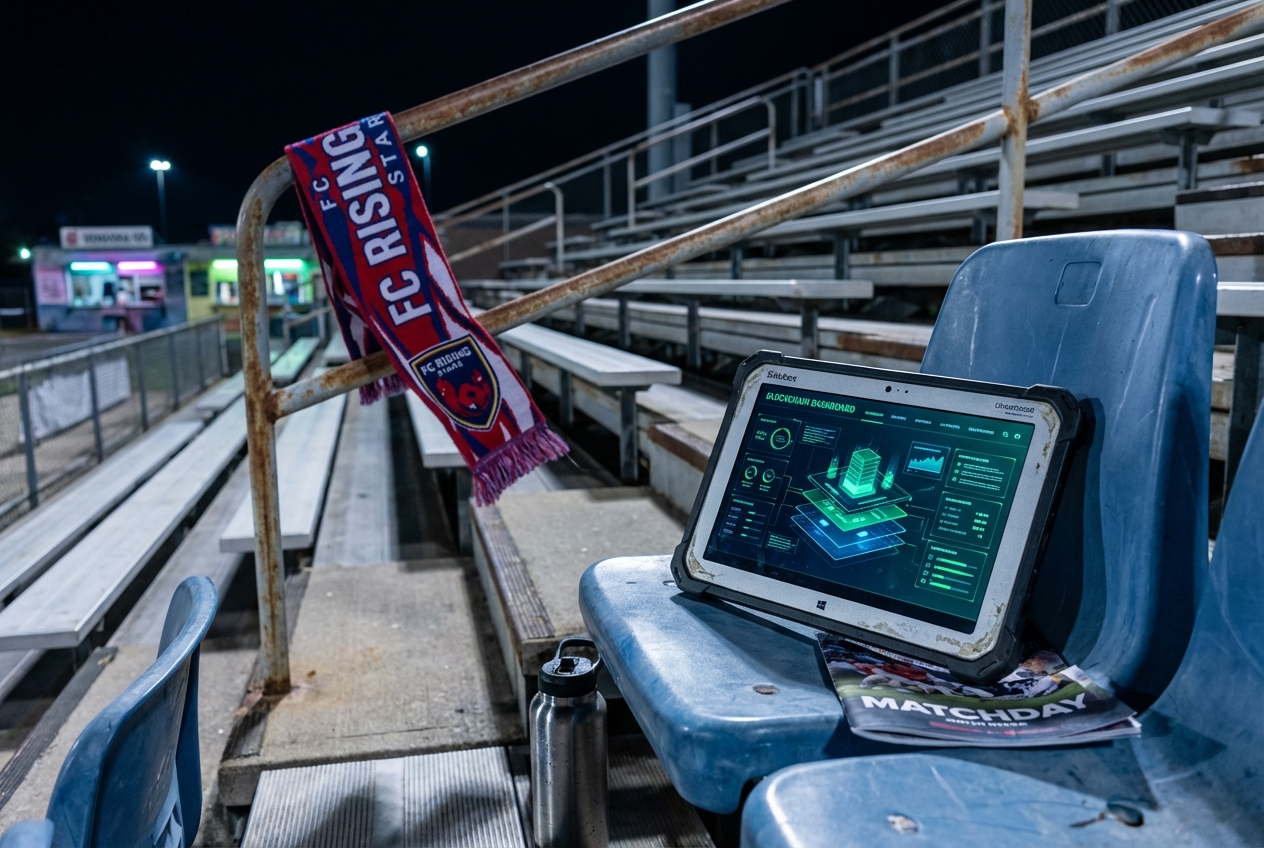
Real-time blockchain applications are having a moment, and data availability (DA) layers are the unsung heroes making it possible. Whether you’re building high-frequency DeFi, AI-driven dApps, or instant NFT marketplaces, the speed and reliability of your data layer can make or break user experience. Let’s dig into why modular DA solutions like Celestia, Avail DA, and EigenDA are at the heart of this revolution, and what challenges still stand in the way.

Why Real-Time Blockchain Needs Modular Data Availability
Imagine trying to trade on a decentralized exchange or train an AI model on-chain without guaranteed access to every transaction’s data, chaos. That’s why the emergence of real-time blockchain data availability is such a game changer. Traditional monolithic chains often bottleneck when it comes to scaling throughput and keeping latency low. Modular blockchains flip the script by separating execution from data availability, letting each layer specialize for maximum efficiency.
Celestia, for example, was first out of the gate with its standalone DA layer. It lets rollups and other blockchains publish their data in a verifiable way without being bogged down by consensus overhead (Celestia Docs). This approach is catching fire across the ecosystem as more projects realize that real-time applications need scalable, reliable DA above all else.
“Celestia’s modularity gives developers unprecedented flexibility, execution environments can now innovate at their own pace without being shackled by base layer limitations. “
The Protocols Powering Data Availability Layers
The technical guts behind DA layers are where things get spicy. Here’s what’s powering today’s leading solutions:
Key Protocols Powering Real-Time Blockchain Data Availability
-
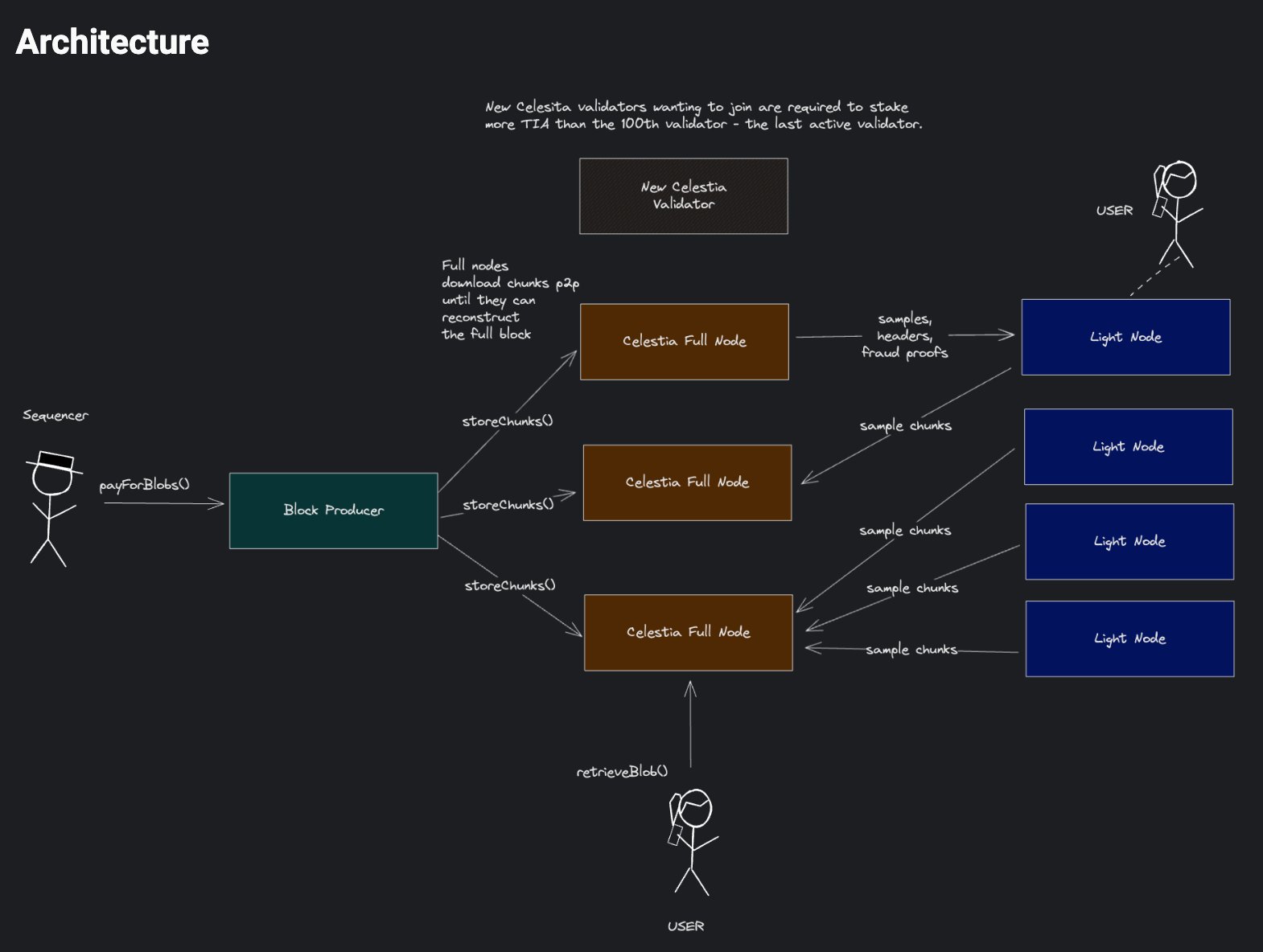
Data Availability Sampling (DAS): DAS is a probabilistic protocol that lets nodes verify whether block data is available by checking random samples instead of downloading the entire dataset. Celestia and Ethereum DankSharding implement DAS to boost scalability and reduce resource requirements, making real-time blockchain applications feasible.
-

Erasure Coding: This technique mathematically transforms and expands blockchain data, allowing the recovery of the original information even if up to 50% is missing. Celestia and EigenDA use erasure coding to ensure robust data redundancy and availability for Layer 2 solutions.
-

Committee-Based Approaches: Some networks, like Avail DA, delegate data availability verification to a rotating committee of validators. This balances security with efficiency, enabling faster data confirmation and supporting real-time applications without compromising trust.
-
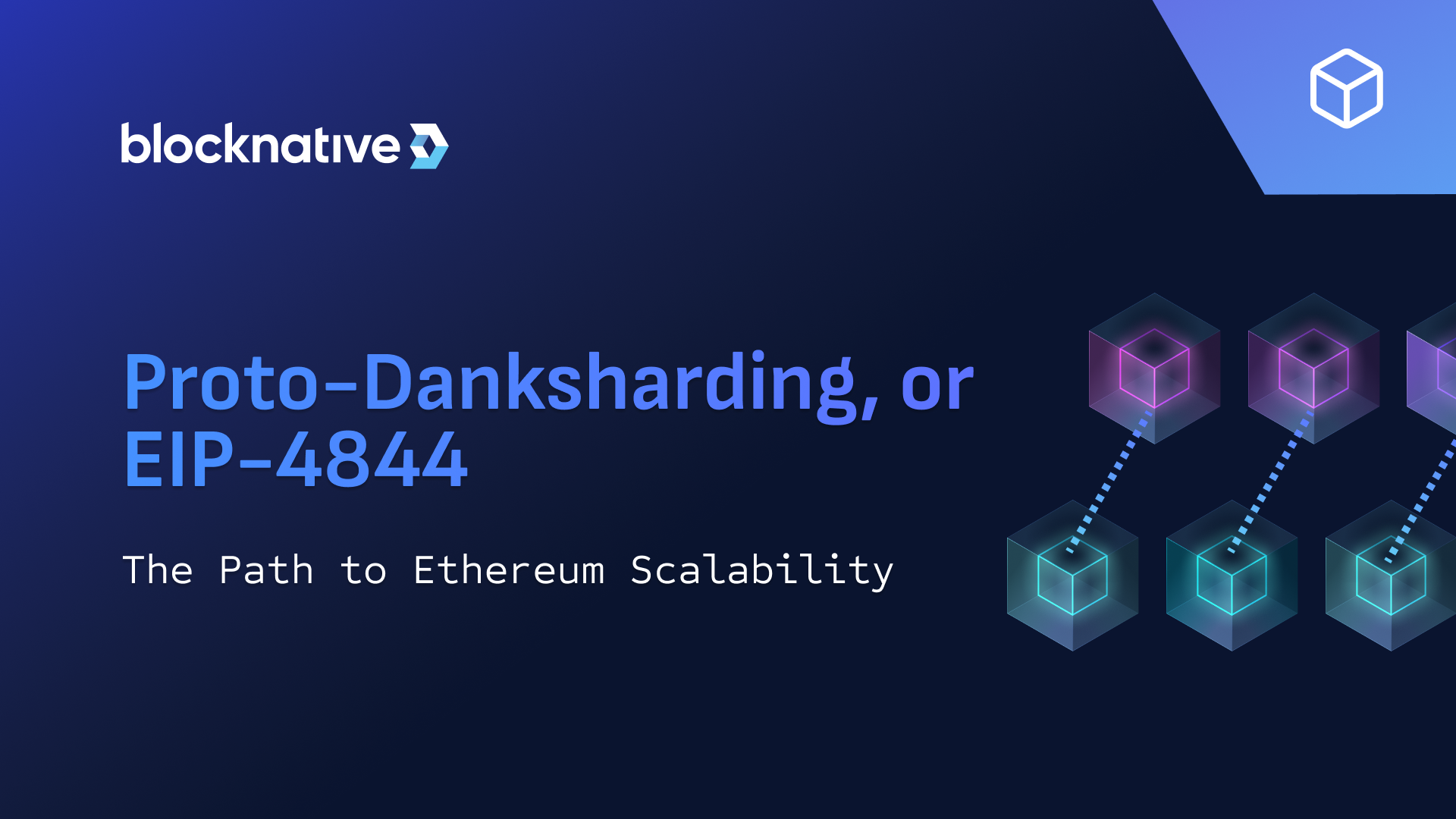
Blob-Carrying Transactions (EIP-4844): Ethereum’s EIP-4844 introduces blob transactions that temporarily store large data chunks, significantly improving Layer 2 scalability and data availability for real-time dApps.
-
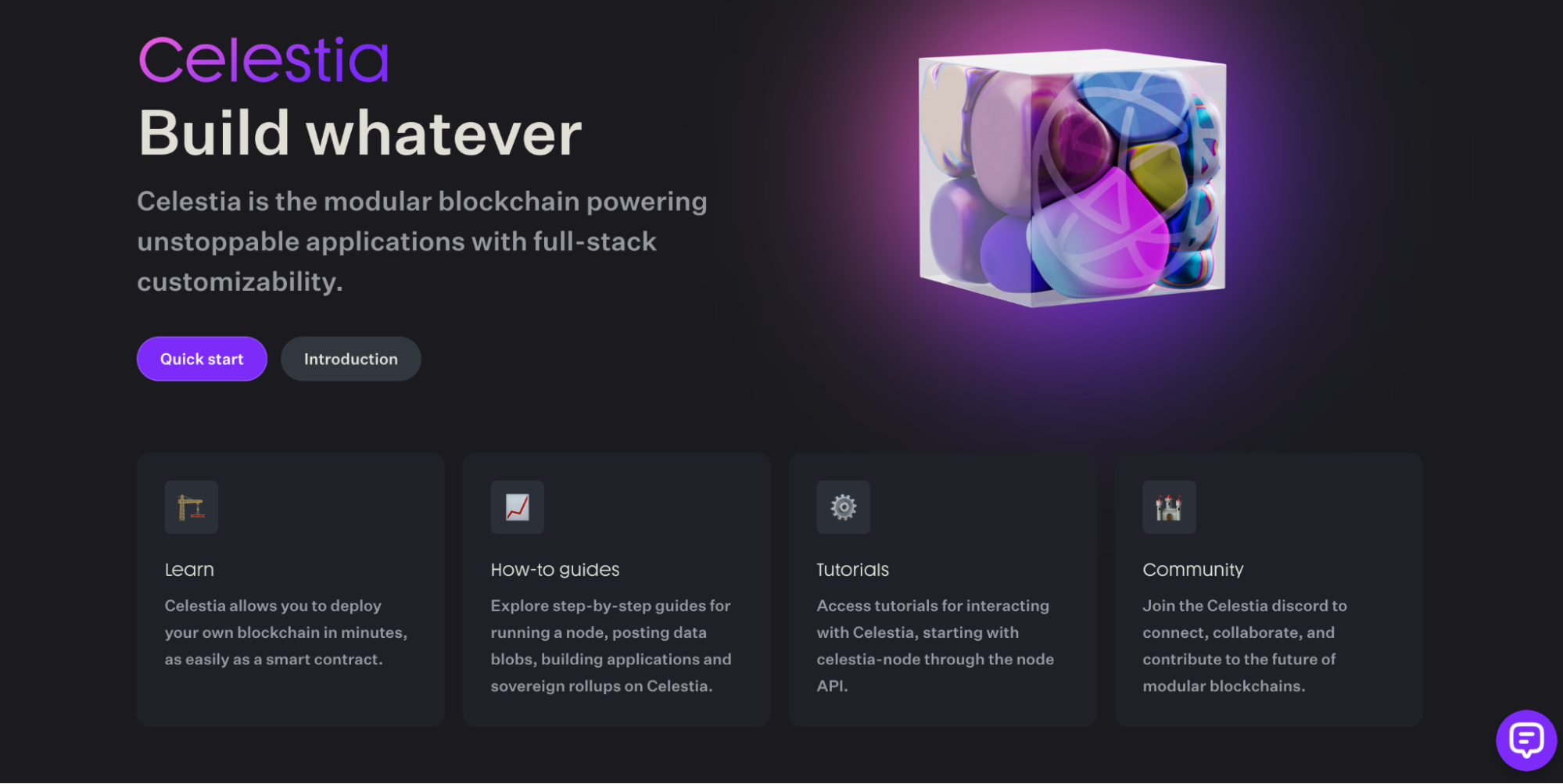
Proof of Download & Proof of Storage: Networks like Celestia and EigenDA are exploring these cryptographic proofs to ensure that nodes actually download and retain data, preventing malicious deletion and guaranteeing long-term availability.
Data Availability Sampling (DAS) is a probabilistic method that lets lightweight nodes verify block data by sampling random chunks instead of downloading entire blocks. If enough samples check out, you can trust the whole block is available, massively reducing bandwidth needs (Medium – Sunrise). Both Celestia and Ethereum’s DankSharding lean heavily on DAS.
Erasure coding adds redundancy through math magic. It expands raw block data so even if up to 50% is missing or corrupted, nodes can reconstruct everything needed for validation. This keeps networks robust against partial outages and malicious actors.
Committee-based verification, meanwhile, delegates sampling duties to a rotating subset of validators, balancing decentralization with faster confirmation times. Networks like Avail DA use this approach to keep things nimble while maintaining trust assumptions.
Pain Points: The Challenges Facing Data Availability Layers
No free lunch in crypto! While modular DA layers have unlocked new possibilities for low-latency DeFi infrastructure and AI-driven dApps, they’re not without hurdles:
- Cross-Layer Communication: Getting execution environments (like rollups) to sync seamlessly with DA layers adds architectural complexity and latency risk.
- Trust Assumptions: Each protocol makes different trade-offs between efficiency and security; picking wrong can expose users to new attack vectors.
- Incentive Design: How do you reward nodes for storing massive amounts of historical data without blowing up costs?
- Data Retrieval Efficiency: Accessing old blocks quickly, without centralizing around big storage providers, is still an open problem.
This landscape is evolving fast as projects like NEAR DA experiment with new synchronization models and Ethereum introduces blob-carrying transactions via EIP-4844 (MDPI, EIP-4844 analysis). The race is on for truly scalable, low-latency modular blockchain scalability that doesn’t compromise on security or decentralization.
So, how are leading DA protocols tackling these challenges? Let’s break down the latest solutions that are pushing real-time blockchain data availability to the next level.
Innovative Solutions: Making Real-Time DA a Reality
Proof of Download and Proof of Storage are two weapons in the modular DA arsenal. Proof of download ensures that Layer 2 nodes can’t process transactions unless they’ve actually downloaded all relevant historical data, while proof of storage penalizes validators who try to delete or withhold old blocks. This dual approach helps keep both short-term and long-term DA robust, which is crucial for apps like on-chain order books and AI model training where missing data means lost trades or corrupted results.
The introduction of blob-carrying transactions via Ethereum’s EIP-4844 is another game changer. Instead of storing every byte forever, blobs persist in beacon nodes for nearly two weeks, plenty for most real-time apps, before being pruned. This strikes a balance between scalability and cost, letting Layer 2s operate with much higher throughput without clogging up the base layer (MDPI, EIP-4844 analysis).
Role separation is also gaining steam. By letting lightweight nodes participate in validation or data sampling without needing enterprise hardware, networks like Celestia and Avail DA are driving decentralization deeper into their stacks. Meanwhile, schemes like proof of luck add randomness to validator selection, making it harder for cartels to manipulate block production or extract MEV at the expense of app users.
Celestia vs Avail DA: Who’s Winning the Real-Time Race?
The modular DA landscape is fiercely competitive. Celestia, with its pioneering use of DAS and erasure coding, has set a high bar for throughput and decentralization. Its separation of consensus from execution lets developers spin up custom rollups without worrying about base layer congestion (Celestia Docs). Meanwhile, Avail DA leans into committee-based verification and flexible incentive schemes, making it attractive for projects that want rapid confirmation times but aren’t ready to sacrifice security.
Celestia vs Avail DA: Pros & Cons for Real-Time Blockchain Apps
-
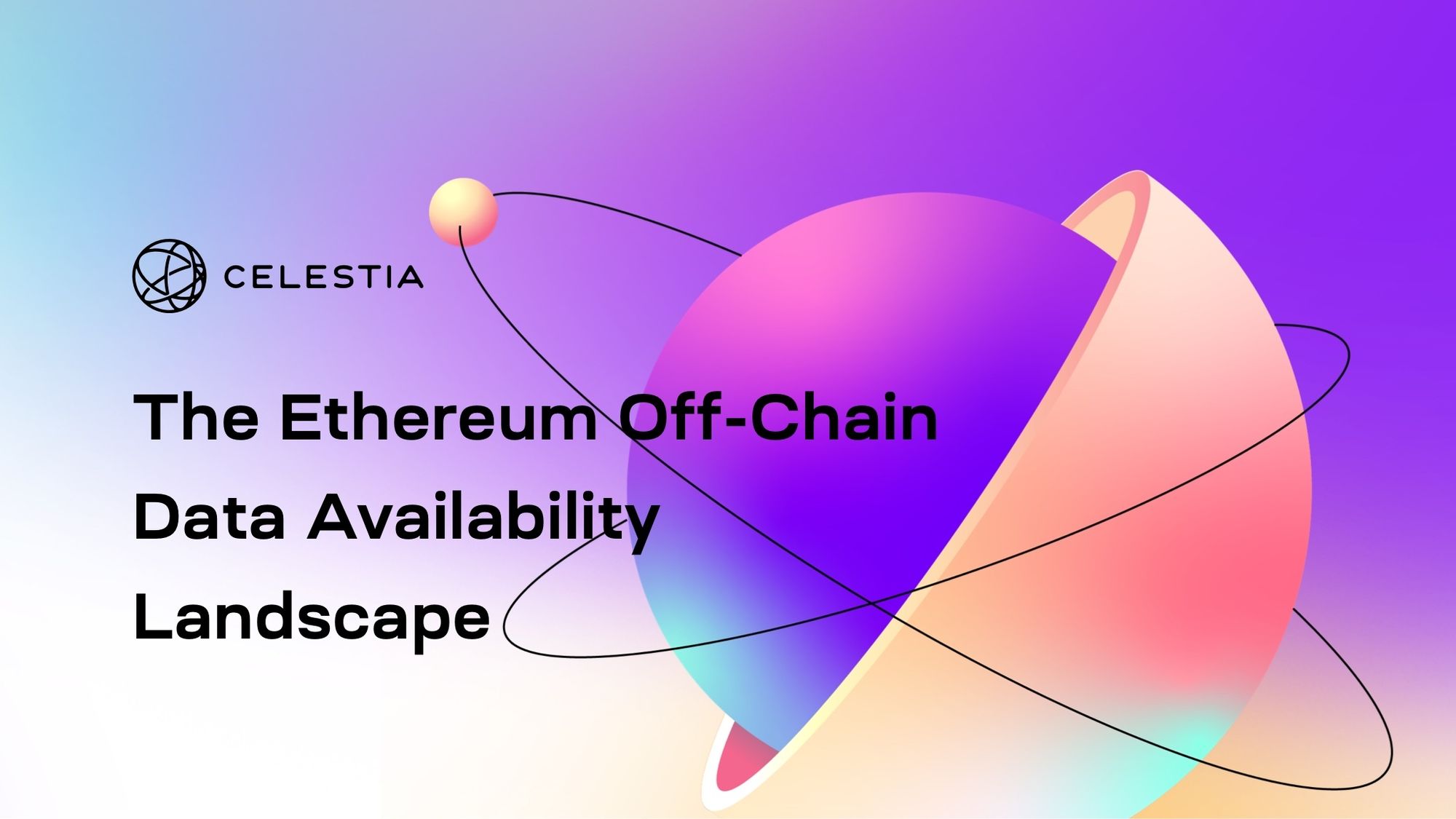
Celestia: Modular, Scalable, and Developer-FriendlyCelestia pioneered the modular blockchain approach, separating data availability and consensus from execution. Its Data Availability Sampling (DAS) enables high throughput and scalability, making it a strong fit for real-time applications. Developers benefit from flexibility and a growing ecosystem, but Celestia is still maturing, and some tooling may be less robust than older platforms.
-
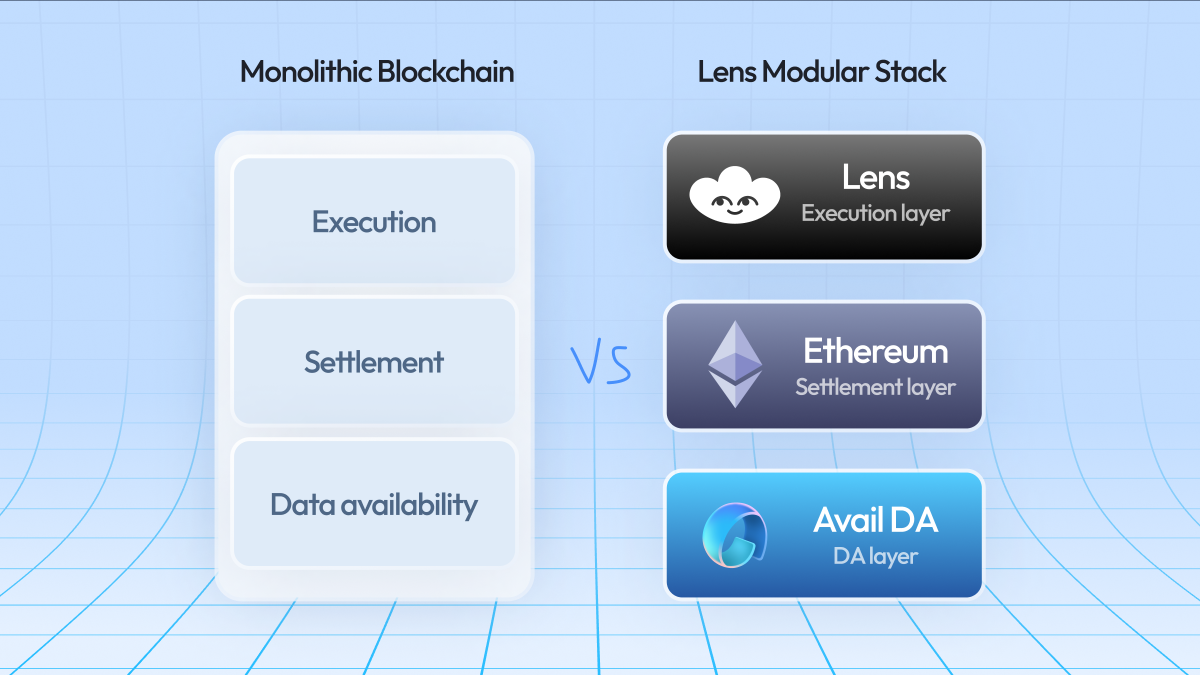
Avail DA: Robust Interoperability and Flexible DesignAvail DA is designed for seamless interoperability across multiple blockchains and rollups. Its architecture supports committee-based data availability and erasure coding, offering strong reliability and flexible integration for real-time use cases. However, Avail’s network effect and developer adoption currently trail Celestia, which could impact support and resources.
-
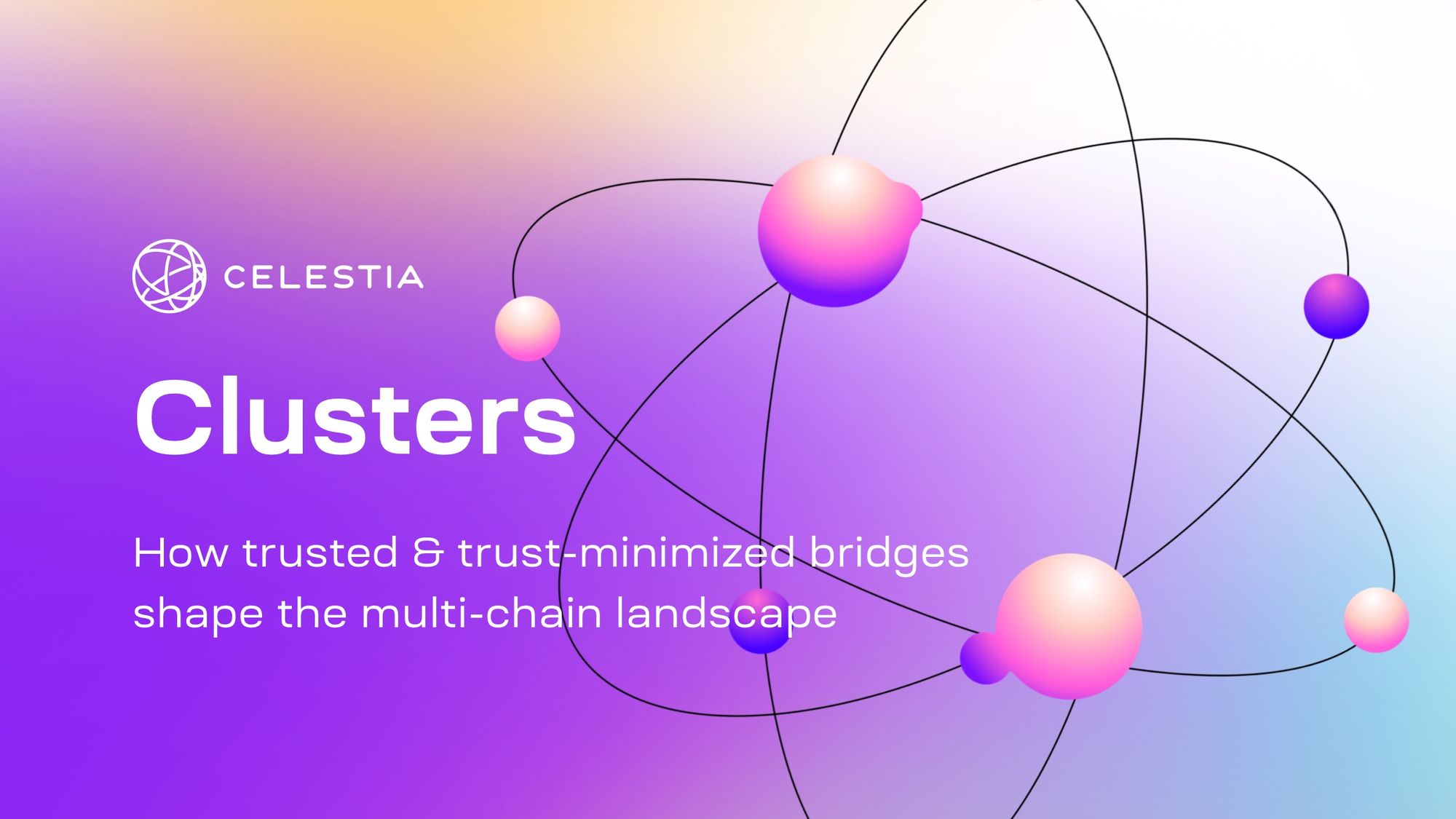
Celestia Pros: High scalability via DAS, modular design, strong security guarantees, and active development community.
-

Celestia Cons: Still early in ecosystem maturity, some tooling and integrations are evolving, and real-time performance depends on network participation.
-
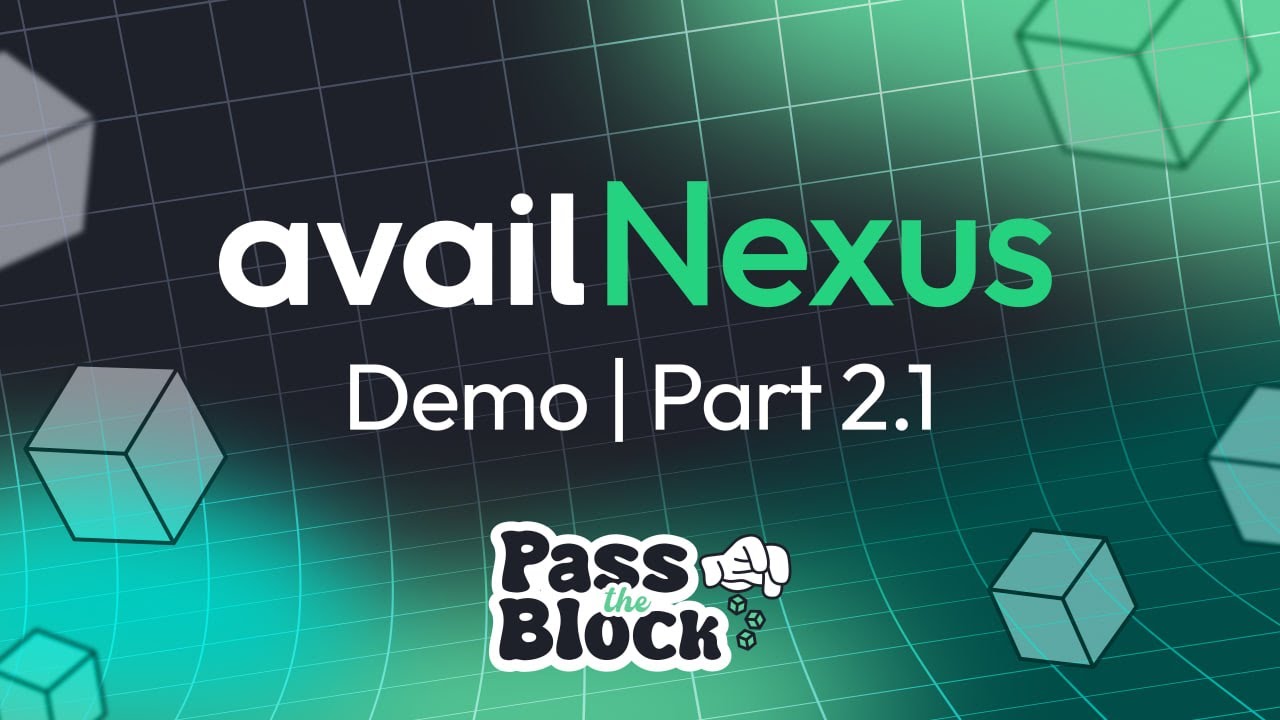
Avail DA Pros: Interoperability-first approach, flexible committee-based validation, and robust erasure coding for data recovery.
-
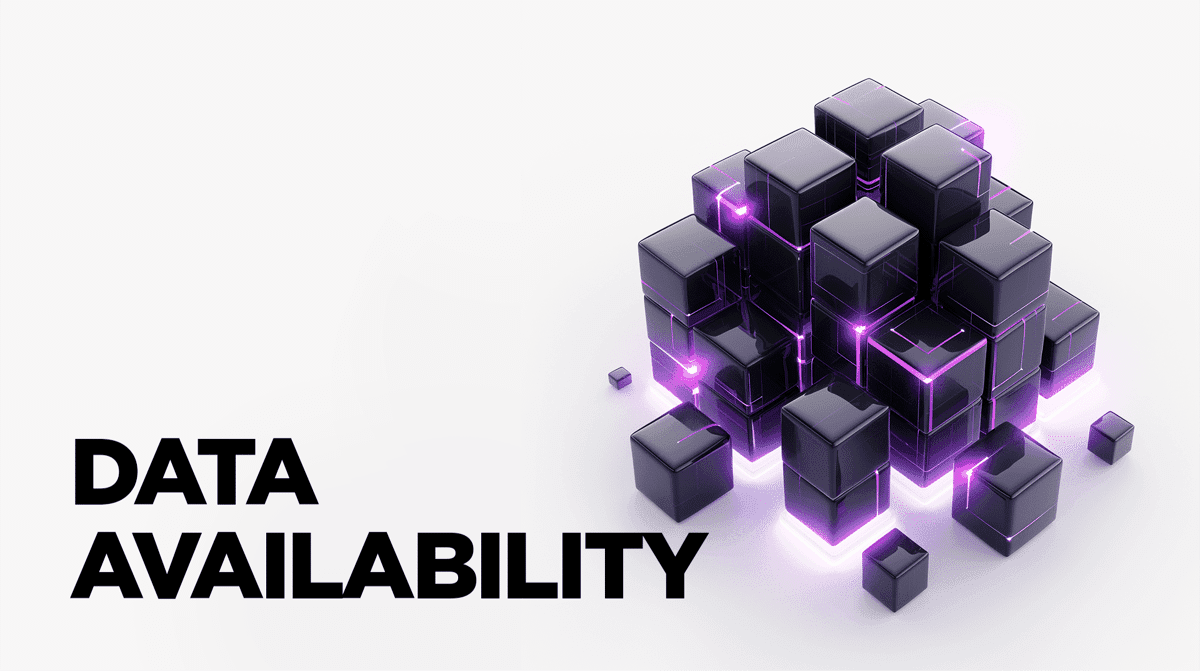
Avail DA Cons: Smaller developer community, less proven in large-scale real-time deployments, and potential reliance on committee trust assumptions.
The bottom line: If you’re building low-latency DeFi infrastructure or AI-powered dApps where milliseconds matter, your choice of DA protocol will shape your user experience, and your risk profile. Modular solutions let you optimize for speed, resilience, or cost depending on your needs.
The Road Ahead: Next-Gen Modular DA and Real-Time Use Cases
The future looks bright, and crowded, for modular blockchain scalability. As new use cases emerge (think: decentralized gaming with live state syncs or on-chain machine learning), demand for ultra-fast, secure data layers will only intensify.
Watch this space:
- L2 Data Availability Layer innovation: Expect further advances as projects experiment with hybrid models blending short-term blobs with long-term archival solutions.
- Sovereign rollups: More teams will roll their own execution environments atop neutral DA layers like Celestia or Avail.
- User-centric incentives: Look out for novel staking mechanisms that reward both bandwidth and storage contributions without centralizing power.
If you’re serious about deploying high-performance dApps, or just want to ride the next wave in decentralized tech, now’s the time to dig deeper into these protocols. The market is moving fast but one thing’s clear: Real-time blockchain data availability isn’t just a technical upgrade, it’s the foundation for the next generation of decentralized innovation.
